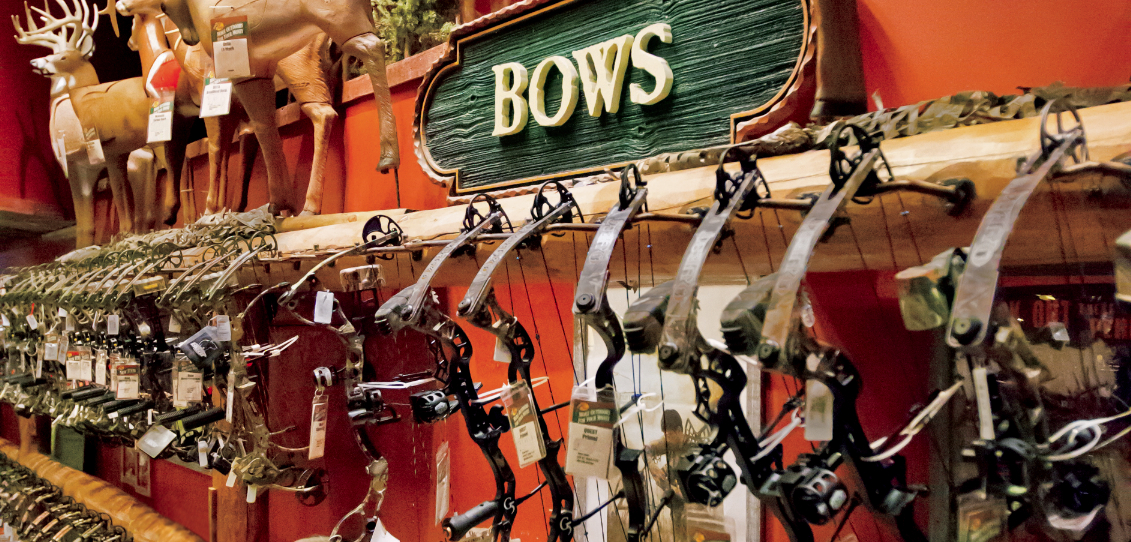Selection Process: How to Pick the Perfect Bow
Whether you favour compound, traditional or crossbow, the right bow makes all the difference
Advertisement
Do you remember how you felt after harvesting your first animal with a rifle? I sure do. It was an overwhelming sense of accomplishment and pride. But in the years that followed, that feeling slowly burned out. I simply felt unchallenged with a long-range weapon in my hands. Instead, I wanted to hunt in a much more primitive way, like our ancestors. I wanted to wear camouflage, not bright orange. I wanted to understand my quarry better. And I wanted to get much closer to my prey. I found my answer in bowhunting.
If you also want to take on the challenge of bowhunting, the first step is deciding which type of bow you want—compound, traditional or crossbow—as each requires a different shooting style. And it can be a tricky choice. Today’s bowhunting industry is fiercely competitive, with many companies producing a seemingly exhaustive range of bows.
Advertisement
So, how do you decide which type of bow, or model for that matter, to purchase? First, remember that selecting a bow is a personal decision. Never buy one solely because it’s on sale or your friend recommends it. There’s really only one way to decide: try as many different bows as possible to determine which one feels most natural and best suits your style of hunting. To get you started, here’s a brief primer on the basic features of each type of bow.
Compound Bows
Comprising a riser (middle section), limbs, string and cam system, the compound is the most popular bow type. In order to hunt with one, however, you need to be able to pull at least 40, and up to 70, pounds. Fortunately, you don’t have to hold that weight as you aim. Instead, as you draw all the way back, the cam system allows you to hold 65 to 85 per cent of the peak draw weight.
The effective range of compound bows is often debated, but persistent practice can have you shooting tight groups out to 50 metres. Made from machined aluminum or carbon fibre, compounds generally weigh about four pounds. You’ll need a sight and an arrow rest, and I also recommend a mechanical release for consistently releasing the string, along with a stabilizer bar.
Advertisement
Traditional Bows
If you prefer a minimalist approach, try a traditional longbow or a recurve bow. Longbows are typically more forgiving and much easier to shoot, but they’re cumbersome. Recurves, on the other hand, tend to be shorter, faster and more manoeuvrable in the woods.
Both bows require a lot more practice than compounds before you become proficient at shooting them, as there’s no sight pin and no mechanical release to consistently release the string. And since there’s no cam system, you’ll need much more muscle stamina to hold the peak weight of the bow at full draw with only your fingers.
Traditional bowhunters aim instinctively. They simply draw the string while tilting and lifting the riser to keep the arrow on target, their brain automatically estimating the arrow’s trajectory.
These bows are typically one piece, sometimes handcrafted from exotic woods. There are also takedown models that allow you to quickly remove and replace the string and limbs. Both versions are extremely light and fun to shoot.
Crossbows
A crossbow is essentially a recurve or compound bow mounted perpendicularly to a stock similar to that of a rifle. Of the three main types of bows, crossbows are the heaviest and most awkward to carry in the woods. But because you can cock and lock them until you’re ready to squeeze the trigger, there’s little movement involved before taking a shot—a bonus when hunting wary game up close.
Crossbows have the same effective range as compounds, and they’re ideal close-range bows for hunters with disabilities or upper body injuries limiting their draw strength. This same attribute, however, puts crossbows offside during archery-only seasons in some jurisdictions, where only bows that can be drawn and held by muscle-power alone are allowed (see web link below).
No matter what type of bow you select, if you’re like me the end result will be the same once you harvest your first animal: a renewed sense of accomplishment and pride.

